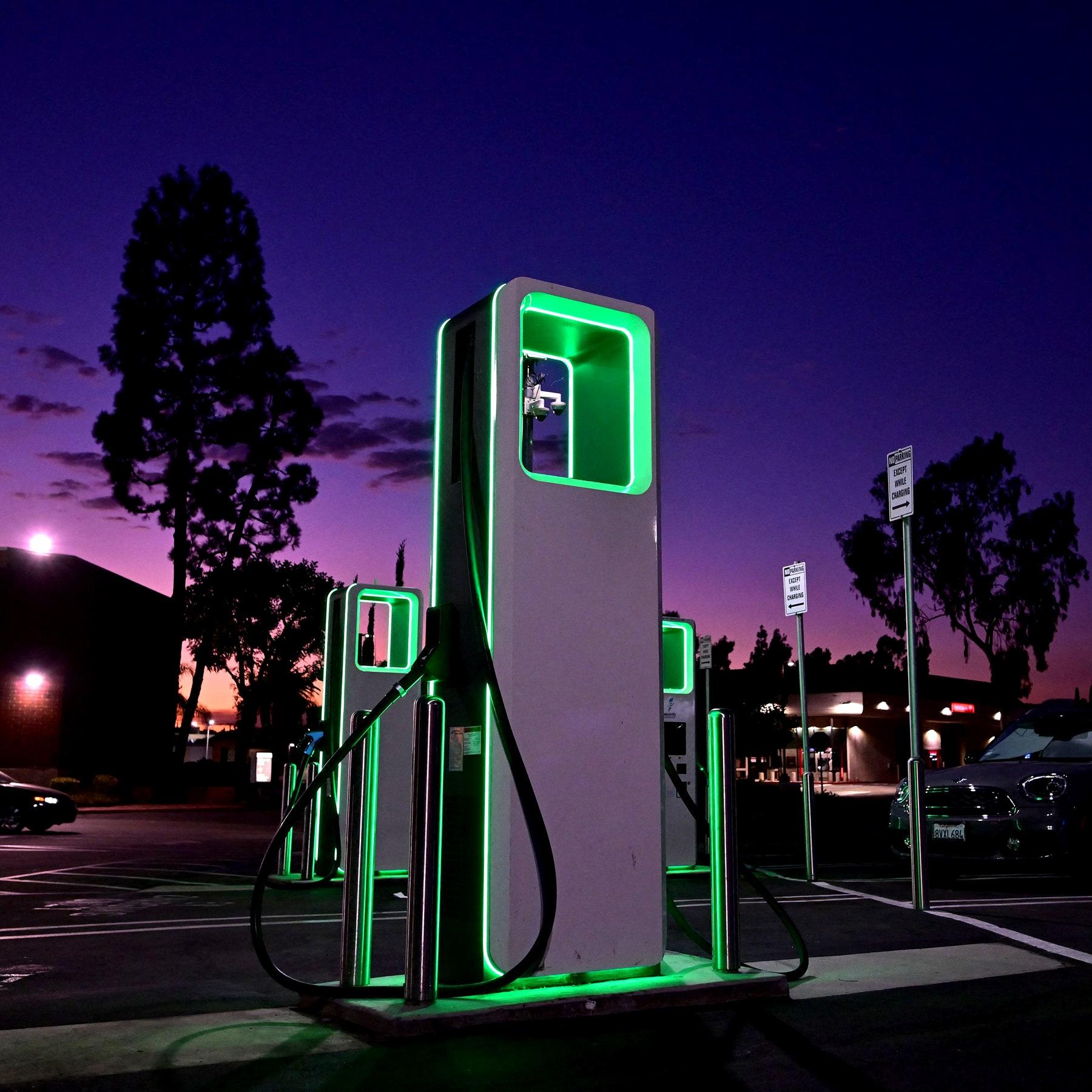How Many Charging Stations Would We Need to Totally Replace Gas Stations?
The transition towards a more sustainable and environmentally friendly energy system is well underway. As electric vehicles (EVs) gain prevalence and become more affordable, one question often arises: how many charging stations would we need to completely replace gas stations? This question is crucial to understanding the feasibility and practicality of electric transportation as the future of the automotive industry.
To accurately estimate the number of charging stations required to accomplish this, we must consider three major factors: the number of EVs on the road, the typical charging infrastructure, and the charging time. By analyzing these elements, we can gain a better understanding of the scale of the challenge and how close we are to achieving it.
The first factor to consider is the number of electric vehicles. According to the International Energy Agency (IEA), there were approximately 10 million electric cars on the road globally in 2020. This figure is projected to increase substantially, reaching 145 million by 2030 under current policies. While this represents significant growth, it is still a relatively small proportion compared to the total number of vehicles worldwide, which stands at around 1.4 billion. Therefore, the number of EVs will play a substantial role in determining the charging infrastructure’s size.
Next, we need to examine the typical charging infrastructure. There are three primary types of charging stations: Level 1, Level 2, and DC Fast Charging (also known as Level 3). Level 1 charging uses a standard household outlet and is the slowest method, suitable for overnight charging at home. Level 2 charging requires dedicated charging equipment and offers faster charging times, making it ideal for workplace or public charging. Lastly, DC Fast Charging provides the quickest charge, typically found along highways or major transit routes.
Currently, Level 2 charging stations are the most prevalent, as they strike a balance between charging speed and installation cost. However, with advances in technology and increased demand, the number of DC Fast Charging stations is expected to rise. Since Level 1 charging primarily takes place at home, we do not need to factor it into the calculation of charging stations required to replace gas stations.
The charging time is the final aspect to consider. On average, an electric vehicle takes around 30 minutes to charge at a fast charging station. However, some EVs can achieve an 80% charge in just 10-20 minutes using high-power charging. These charging times have a significant impact on how many charging stations would be required to meet the demands of EV drivers.
Estimating the exact number of charging stations needed to replace gas stations is challenging due to various factors, including regional differences, driving habits, and charging infrastructure improvements. However, rough estimates may provide some insights.
Suppose we assume that each charging station serves an average of 50 EVs per day, with a charge time of 30 minutes. To replace gas stations’ functionality entirely, we would need approximately 18,000 DC Fast Charging stations globally. This figure assumes that all charging stations are DC Fast Chargers, a highly optimistic scenario. In reality, a mix of Level 2 and DC Fast Chargers would likely be required, lowering the number of stations needed.
Furthermore, this estimation assumes that every EV owner relies solely on public charging stations. However, the majority of EV charging occurs at home or workplace charging stations. Therefore, the actual number of public charging stations needed would be significantly lower.
In conclusion, replacing gas stations entirely with charging stations is a complex challenge influenced by several factors. While a precise estimation is difficult, rough approximations suggest that a substantial number of charging stations would be required to meet the demands of an increasing electric vehicle fleet. However, with technological advancements, a mix of charging options, and a shift towards home and workplace charging, the number of public charging stations can be significantly reduced. As the electric vehicle revolution continues to pick up speed, the transition to a greener transportation system seems to be well within our reach.
Hey Subscribe to our newsletter for more articles like this directly to your email.
